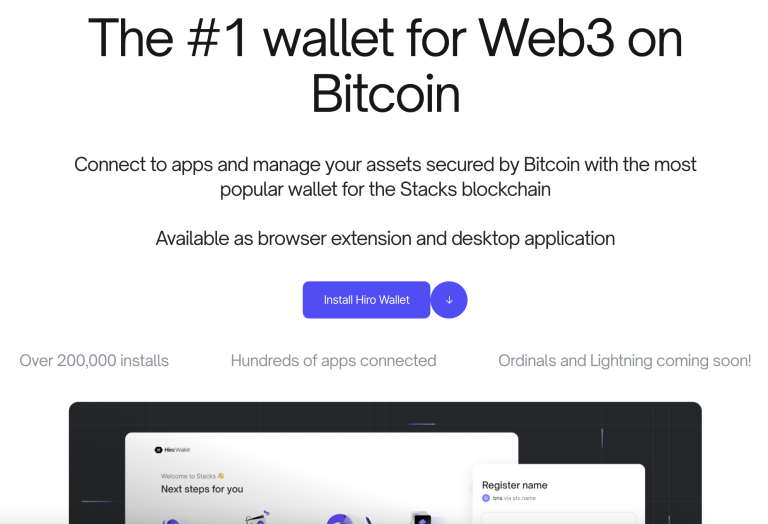
The arrival of Bitcoin Ordinals Wallets
Bitcoin Ordinals' rapid rise continues
With over 123,000 Ordinals inscriptions now permanently recorded on the Bitcoin blockchain — as well as a thriving trading and auction scene for the most sought-after (read: low inscription number) tokens and collections — Bitcoin’s status as an NFT ecosystem is secure. While the chain’s version of NFTs has been spreading in recent weeks, those looking to interact with the chain and obtain an Ordinal have had to contend with an opaque, sluggish, and centralized tech framework.
It was only a matter of time before Web3 developers began to meet the critical demand for a user-friendly interface. Let’s take a look at some of the newer solutions.
Ordinals Wallet
Ordinals Wallet, which launched on February 16, is the most recent Bitcoin wallet to include explicit support for Ordinals Inscriptions. The wallet allows users to “receive, store, and view Ordinals” in their wallets, with the promise of functionality for transferring, sending, inscribing, and buying and selling Ordinals coming soon.
Hiro Wallet
Hiro Wallet launched its testnet on February 14th, ahead of both Xverse and Ordinals Wallet. “The fun is just getting started as we roll out extensive support for both Stacks-based NFTs and Ordinal inscriptions,” Hiro Wallet CEO Mark Hendrickson wrote this week in response to the wallet’s Bitcoin support launch.
Hiro Wallet works similarly to Xverse, with Gamma inscribing Ordinals and depositing them directly into a user’s account under a “Collectibles” section. The company intends to issue additional updates in the coming days.
The Xverse Wallet
The wallet eliminates the need for users to run a full Bitcoin node in order to meaningfully interact with the blockchain. Users only have to pay a transaction fee (which they can do in the wallet app itself). You’ll also need Bitcoin (BTC) to complete the transaction, which can be purchased in-app via a fiat on-ramp service. Users must first upload an image (or text) to the app before sending a transaction to their Ordinal’s address. The NFT will appear in their Xverse NFT collection in about half an hour. Gamma.io, a Bitcoin NFT marketplace that has reportedly already minted 5% of all Ordinals on the chain, handles the actual inscribing. Xverse communicates with Stacks, a layer 1.5 blockchain with its own NFT economy.Ready to inscribe BTC Ordinal NFTs?
— Xverse - Ordinals Support LIVE! (@xverseApp) February 15, 2023
For the past year, we’ve focused on building the most advanced Bitcoin wallet.
Today, we’ve launched 1st class support for ordinals.
Try it for yourself using our quick guide below! pic.twitter.com/Lx3Ey5aZV0
The future
The rapid increase in user-friendly ways for Web3 enthusiasts to interact with the Bitcoin blockchain demonstrates the NFT community’s enthusiasm for the newly discovered NFT ecosystem. We’re watching the creation of an entirely new section of Web3 in real time. More wallets, marketplaces, and user interfaces designed specifically for Bitcoin Ordinals are expected to appear in the coming weeks and months.


